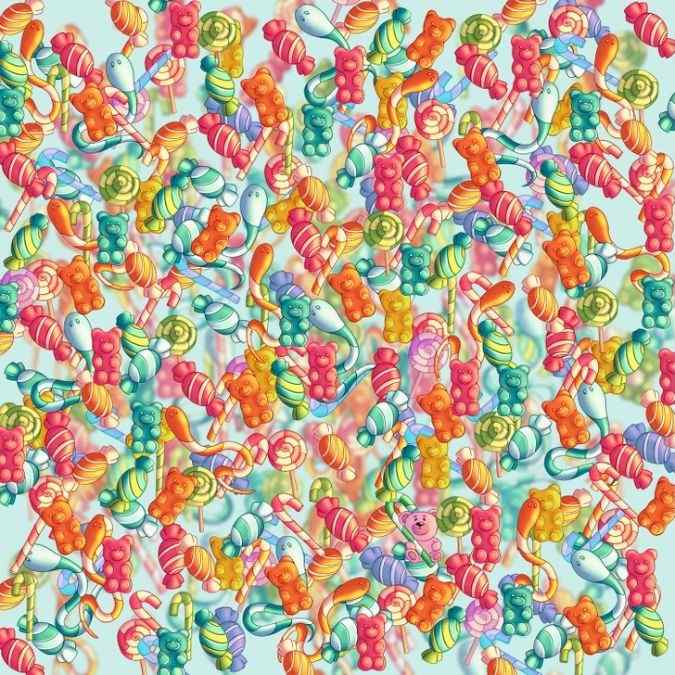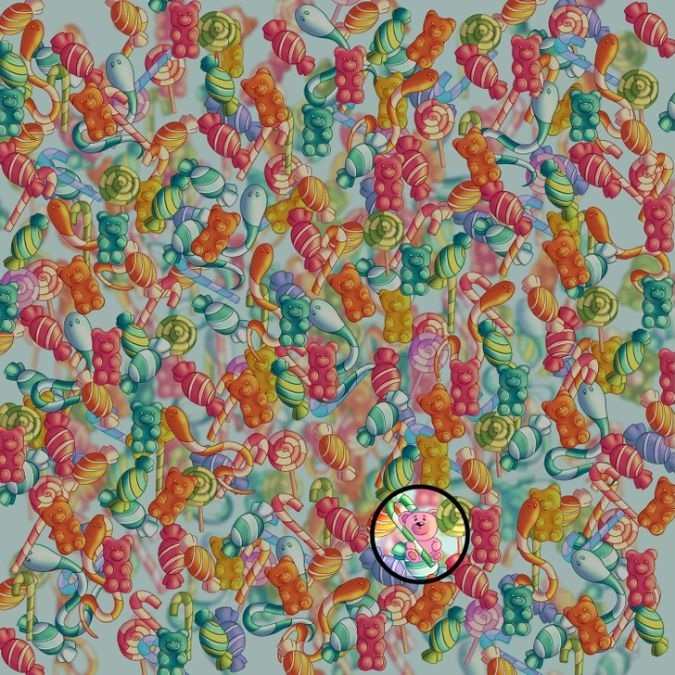When you look at an optical illusion, light reflects off the image and travels to the retina, the light-sensitive tissue at the back of your eye. The retina converts this light into electrical signals that travel to the brain, specifically the visual cortex, through the optic nerve.
The brain then interprets these signals to interpret what it sees, drawing on past experiences and visual cues to make sense of the image. For example, the brain might interpret a pattern of lines as a three-dimensional scene, even if it's not.
In some cases, the brain might misinterpret these signals, leading to an illusion. This can happen due to various reasons, including context, perception, and prior knowledge. The brain uses surrounding information and context to interpret the image, sometimes the context can lead to misinterpretation.
The brain also relies on certain visual cues, such as size, shape, and depth, to perceive the world. Illusions can exploit these cues, leading to a distorted perception. In cases of missing information, the brain fills in gaps based on past experiences, which can sometimes lead to inaccurate conclusions.
Different types of optical illusions rely on different ways of misinterpreting visual information. Some examples include:
Size illusions, wherein the lines of equal length might appear different in length depending on the perception. Motion illusions, where the static images can appear to be moving due to the way the brain interprets the visual stimuli. Colour illusions, where the perceived colour of an object might change depending on its surroundings.
This is where the role of the visual cortex plays a significant role. The visual cortex, located in the brain, is responsible for processing visual information and interpreting images. Solving optical illusions more often can help you train your brain to work against any misinterpretation of visual cues caused by optical illusions.
Here is one such optical illusion challenge that will play tricks on your eyes. There is a stuffed bear hidden in this picture of candies, and you will get only 5 seconds to spot it. Can you do it?
Visual IQ Test: 1 Stuffed Bear Hidden Among Candies, 5 Seconds To Spot It!

Image: Brightside
Here is your challenge. Look at the image above filled with vibrant, colourful sweet candies, lollipops, gummy bears, and jelly beans in different shapes and sizes.
But before it melts your heart with all the sweetness, wait. This sweet, sweet scene hides a stuffed bear.
A single teddy bear is blending in so well with the surroundings that you might take it for a candy too.
You will get only 5 seconds to spot it. If you think you can find it in such a short time, we invite you to take the challenge.
Brain Teaser: Only 2% With Sharp Visual IQ Spot the Odd One Out in 5 Seconds!
Here are a few tips to help you find the teddy bear in the allotted time.
Start with the edges and corners of the image. The bear might be hidden in less obvious areas like the corners or edges.
Look for subtle features of the teddy bear. Look for those round-shaped ears or a fluffy body.
The bear's colour might blend with the background, making it tricky to identify.
Did you manage to find it?
Answer revealed!
Let's see all those of you who spotted the bear got it right. Scroll down to see the optical illusion answer. If you solved this optical illusion, you possess sharp vision, exceptional observation prowess, and an eye for detail.

Image: Brightside
You may also like...
Personality Test: Your Jawline Reveals Your Hidden Personality Traits
Comments
All Comments (0)
Join the conversation